Time needed: 2 hours
When it comes to maintaining your Jeep’s engine, one essential task is flushing the radiator. Over time, coolant can become contaminated with debris, rust, and other contaminants that can hinder the radiator’s ability to cool the engine effectively. Flushing the radiator helps remove these impurities and ensures optimal engine performance and longevity. In this article, we will guide you through the step-by-step process of flushing your Jeep’s radiator, keeping it in top shape.
This write-up is meant to assist you in changing your Jeep’s antifreeze. While you’re at it, you can also flush the radiator. I always find some sort of sediment when I drain my Jeep’s Radiator, so I take the extra steps of flushing the entire system while I’m at it.
Why Is Radiator Flushing Important?
The radiator is responsible for regulating the engine’s temperature by dissipating heat from the coolant. Over time, contaminants such as rust, sediment, and old coolant can accumulate in the radiator, reducing its efficiency. Flushing the radiator helps remove these impurities and ensures proper coolant circulation, preventing overheating and potential engine damage.
Before you begin, you should inspect the radiator cap. Replace the cap if the pressure gasket is worn, torn, or swollen. Look for white spots around the radiator fill neck. These indicate the cap is leaking. Also, inspect the hoses. Replace any hoses that are cracked, bulging, or feel brittle when squeezed.
-
Gather the Necessary Tools and Materials
Before we begin, a couple of warnings:
Never open the cylinder block drain plugs, radiator cap, or open the petcock while the engine is hot or the cooling system is under pressure. You’re likely to burn yourself. Also, antifreeze is poisonous. Children and animals are attracted to it due to its color and odor. If you suspect a child has consumed any antifreeze, immediately call 911 or your local poison control center.
Gather the Necessary Tools and Materials
Before you begin the radiator flushing process, make sure you have the following tools and materials on hand:
- Safety gloves
- Safety goggles
- Drain pan
- Screwdriver or wrench (to remove drain plug)
- Hose or pressure washer
- Radiator flush solution
- Distilled water
- New coolant
-
Prepare Your Jeep for Radiator Flushing
- Ensure that your Jeep’s engine is cool before starting the process. This step is crucial to avoid burns from hot coolant.
- Park your Jeep on a level surface and engage the parking brake.
- Open the hood and locate the radiator cap. If the engine is still hot, use a cloth or rag to protect your hand and slowly twist the cap counterclockwise to release any pressure before removing it completely.
-
Draining the Coolant
- Position a drain pan under the radiator drain plug, which is usually located at the bottom of the radiator.
- Use a screwdriver or wrench to loosen the drain plug and allow the coolant to flow into the drain pan. Be cautious as the coolant might be hot.
- Once the coolant has completely drained, tighten the drain plug securely.
Begin by finding a sealable container large enough to collect the used antifreeze. Position it under the petcock which is located on the bottom of the radiator. On mine, the petcock is located on the passenger side, but the location might vary depending on the source of your radiator (OEM vs. aftermarket). The photo to the left is the petcock. It’s opened by twisting the plastic tab. Remember, it’s plastic, so don’t use too much force on it. Also, I apologize for the poor-quality photo, but I was laying on my back while playing Ansel Adams.
-
Removing the Drain Plug
After the radiator has drained, open the radiator cap. Move your bucket under the engine and remove the drain plug on the left rear side of the 2.5L engine block or the coolant temperature sensor or drain plug on the left side of the 4.0L Engine Block (image below).If you’re flushing the system, follow these steps or the directions on any radiator flushing products you buy. Otherwise, you can skip this section and refill the system.
-
Flushing the Radiator
- Refer to the radiator flush solution’s instructions for the recommended amount to use based on your Jeep’s radiator capacity.
- Pour the radiator flush solution into the radiator through the radiator cap opening. Fill the remaining space in the radiator with distilled water, ensuring it reaches the maximum fill line. Once the coolant has drained, tighten the petcock and any plugs or sensors you removed. Refill the radiator with water. Turn on the Jeep’s heater and run the engine until the Thermostat opens (the upper radiator hose will become hot). Repeat several times until the water runs clear allowing the engine to cool each time before opening the petcock to drain the radiator.
- Reinstall the radiator cap tightly.
-
Refilling the Radiator with Fresh Coolant
Start your Jeep and allow it to run until the thermostat opens. As it runs, the coolant level should drop. This is normal as the system bleeds any air pockets out of the system.- Consult your Jeep’s owner manual or the coolant manufacturer’s guidelines to determine the appropriate type and amount of coolant needed for your vehicle.
- Locate the coolant reservoir and remove the cap.
- Slowly pour fill it to the top with a 50/50 mix of antifreeze and distilled water. Do not use tap water – your body might need the minerals, but your engine doesn’t! Leave the radiator cap off to bleed any air from the system..
- Recap the reservoir securely.
-
Checking for Leaks and Testing Coolant Levels
- Start your Jeep’s engine and let it idle for a few minutes. Monitor the temperature gauge to ensure it stays within the normal range.
- Inspect the radiator and surrounding areas for any signs of coolant leaks. If you notice any leaks, address them promptly.
- Once the engine has reached its operating temperature, turn off the Jeep and let it cool down.
- Open the radiator cap carefully and check the coolant level. If necessary, add more coolant to reach the proper level.
- Recap the radiator tightly.
Dispose of your used Antifreeze and flush water appropriately. DO NOT pour it into the gutter or down a storm drain. Check with your local water district or garbage company to determine the appropriate method of recycling used antifreeze. Good luck!
Conclusion
Flushing your Jeep’s radiator is an essential maintenance task that helps keep your engine running smoothly and efficiently. By following the step-by-step process outlined in this article, you can ensure that your Jeep’s radiator is free from contaminants and properly filled with fresh coolant. Regular radiator flushing can contribute to the overall longevity and performance of your Jeep.
FAQs
How often should I flush my Jeep’s radiator?
The frequency of radiator flushing depends on your Jeep’s specific model and the manufacturer’s recommendations. As a general guideline, it is advisable to flush the radiator every 30,000 to 50,000 miles or every two to three years.
Can I use tap water instead of distilled water to fill the radiator?
While tap water can be used in a pinch, it is best to use distilled water when filling the radiator. Distilled water is free from minerals and impurities that can potentially harm the cooling system.
Can I flush the radiator without using a radiator flush solution?
While using a radiator flush solution is recommended, you can still flush the radiator with plain water. However, a radiator flush solution helps break down deposits and contaminants more effectively.
How long does it take to flush a Jeep’s radiator?
The time required to flush a Jeep’s radiator can vary depending on the condition of the cooling system and the flushing method used. On average, it may take around 30 minutes to an hour to complete the entire process.
Can I flush the radiator myself, or should I take it to a professional?
Flushing the radiator is a task that can be done by most vehicle owners. However, if you are uncomfortable or unsure about the process, it is always advisable to consult a professional mechanic who can assist you.


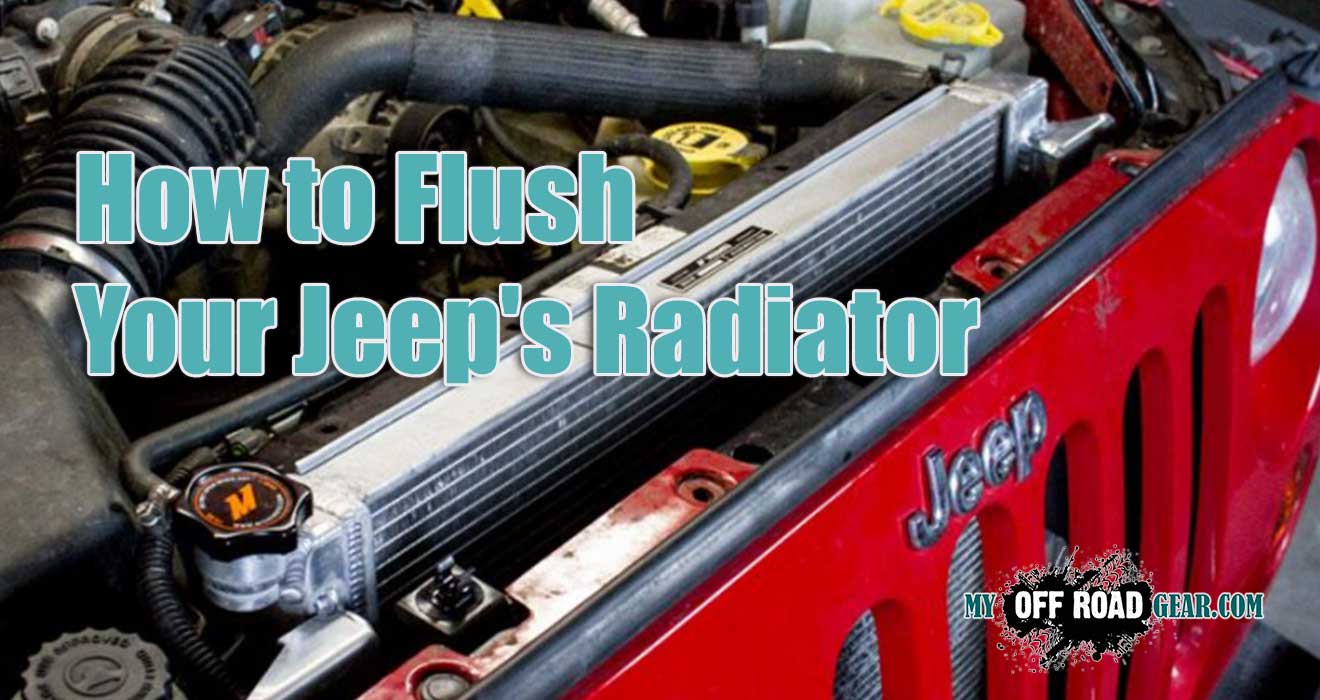
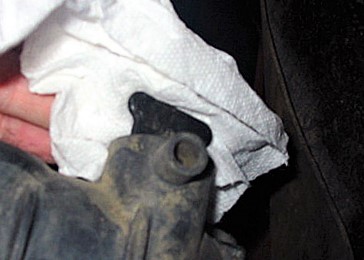
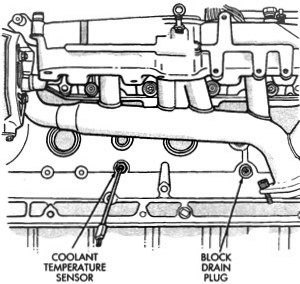
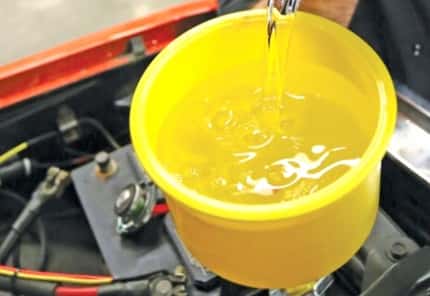
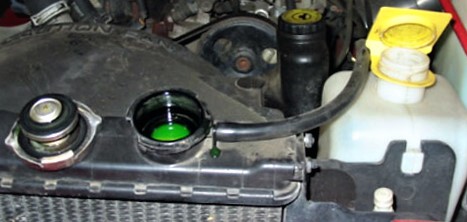
Add Comment